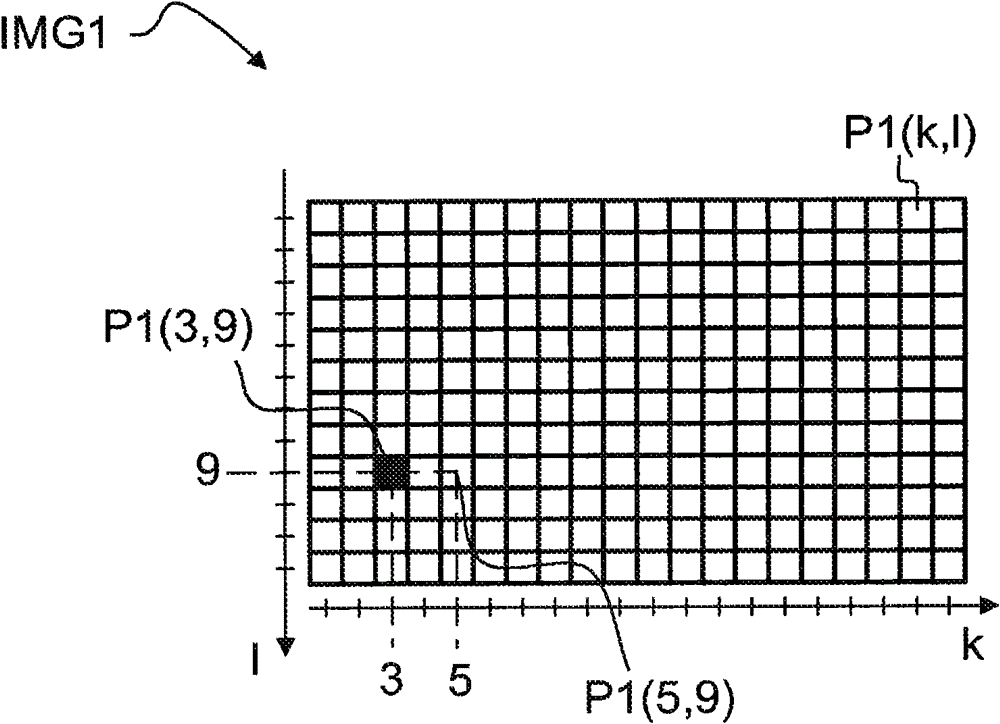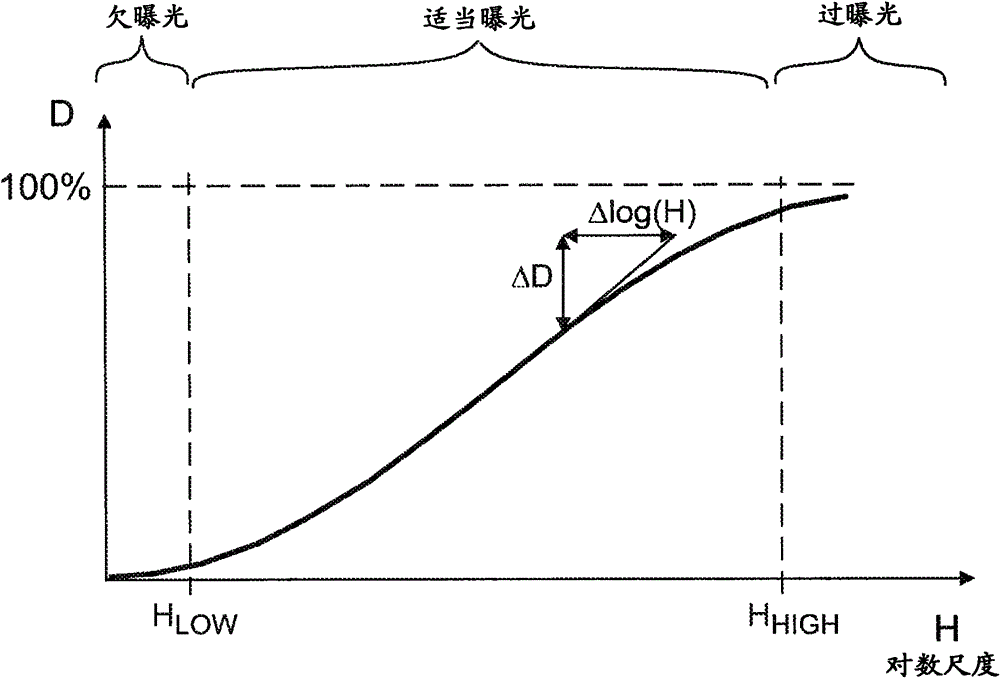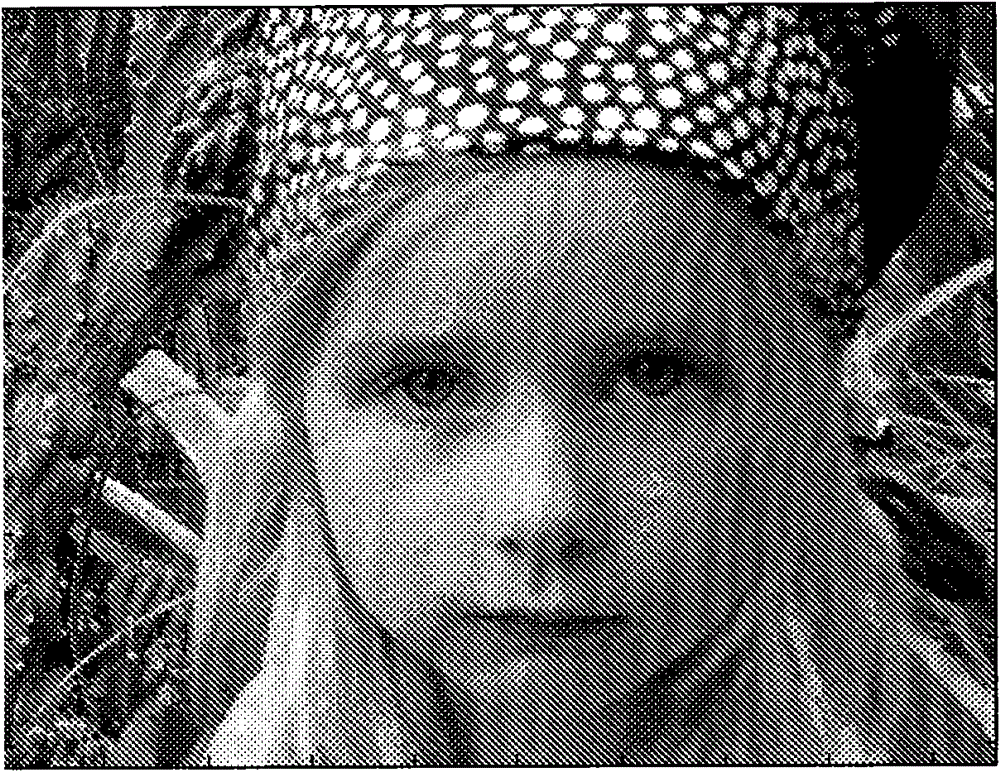Filter setting learning for binary sensors
A binary and color filter technology, applied in the field of image processing, can solve the problems of large image data, difficulty and impossibility in storing or transmitting binary digital images
- Summary
- Abstract
- Description
- Claims
- Application Information
AI Technical Summary
Problems solved by technology
Method used
Image
Examples
Embodiment Construction
[0037] Several embodiments of the invention will be described below in the context of a binary pixel array. However, it will be noted that the present invention is not limited to binary pixel arrays. In fact, the different example embodiments have broad application in any context in which an implementation maps input pixel values to output pixel values through a partially undefined process.
[0038] reference now Figure 1a , the image transmission sensor applied in the example embodiment may be a binary image sensor arranged to provide a binary image IMG1. The image sensor may include a two-dimensional array of photodetectors such that the output of each photodetector has only two logic states. The logic states are referred to herein as the "black" state and the "white" state. The image sensor can be initialized so that all detectors can initially be in a black state. By exposing it, the individual detectors can be switched to a white state. Thus, the binary image IMG...
PUM
 Login to View More
Login to View More Abstract
Description
Claims
Application Information
 Login to View More
Login to View More - Generate Ideas
- Intellectual Property
- Life Sciences
- Materials
- Tech Scout
- Unparalleled Data Quality
- Higher Quality Content
- 60% Fewer Hallucinations
Browse by: Latest US Patents, China's latest patents, Technical Efficacy Thesaurus, Application Domain, Technology Topic, Popular Technical Reports.
© 2025 PatSnap. All rights reserved.Legal|Privacy policy|Modern Slavery Act Transparency Statement|Sitemap|About US| Contact US: help@patsnap.com



